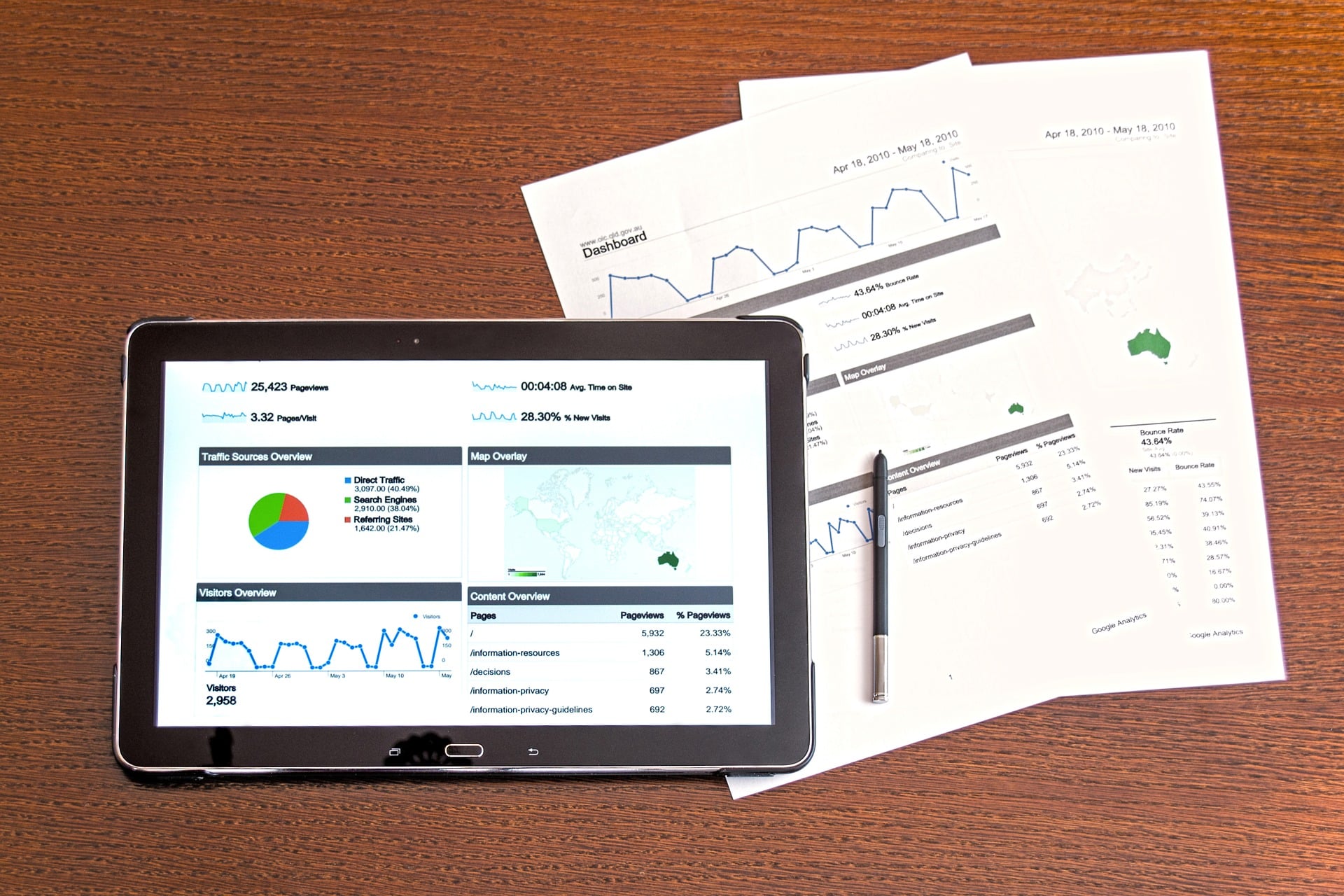Beginner’s Guide to Predictive Analytics
Predictive analytics refers to the use of historical data, machine learning, and artificial intelligence to predict what will happen in the future. The historical data is fed into a mathematical model to determine key trends and patterns to anticipate the most cost effective and efficient approach to increase sales. Having the ability to anticipate and drive better business outcomes is a decisive competitive factor. There are multiple types of ways to use predictive analytics, including these examples:
Preventing a Customer from Jumping Ship
Predictive marketers are 2.9x more likely to report revenue growth at rates higher than the industry average.
Suppose a gym uses predictive analytics. The system may identify a member named Ryan who will most likely not renew his gym membership. The gym can suggest an incentive that is likely to get him to renew based on historical data. The next time Ryan comes to the gym, the system will notify the membership relations staff to talk with him or offer an incentive to renew.

Ecommerce
Online commerce space uses algorithms to predict the likelihood of an item’s purchase based on user browsing behavior and demographic info. For instance, on Amazon, a large amount of screen space is “recommended” products depending on former purchases and searches. Netflix is another example, offering shows or movies recommended for you according to what a user has previously watched. Predictive analytics is used to promote products a consumer would most likely buy or watch.
Targeting Customers Most Likely to Buy
Retargeting ads are displayed using data from earlier interactions with a business’ site, giving the ability to learn the customers’ preferences and purchase behaviors. If you have a budget on advertising, predictive analytics can determine what customers are more likely to buy and send advertisements to those who will optimize your revenue.
Simplifying the Process
A university uses predictive search by determining audience type to predict what it’s searching for. The most common search for a university is financial aid and tuition costs. A university can make its financial aid and tuition costs page easily found and effective to inform potential prospects.
Improving Customer Service
A hotel could predict how many people will be staying in a certain location for a specific holiday weekend. By using predictive analytics, the hotel chain can prepare by having enough staff and resources on hand to handle however many customers it’s expecting. Another scenario of using predictive analytics to improve customer service can be seen in the city of Savannah’s “Georgia Municipal Association Convention,” hosted every June. The businesses in Savannah must prepare for the mass arrival of visitors at the convention, as well as visiting tourists. The “Life is Good” store on River Street uses predictive analytics based on prior June transactions to determine their order for the month to ensure it has enough variety for the large amount of people visiting, but not too many products to cause an overflow into new July orders.
Recommendation Systems for Traveling
There is an abundance of flights and travel-related services. Some travel solutions aren’t relevant to certain passengers. Recommendation sites can give value to users by providing them with options they would prefer by recognizing needs and matching the knowledge with possible products and ultimately, maximizing revenues.
Clinical Decision Support Systems
Doctors use predictive analysis to detect patient risk of developing certain conditions. This can provide clinics with the proper information to help make correct medical decisions for their patients, encouraging customer loyalty.
Direct Marketing
“PREDICTIVE ANALYTICS CAN HELP IDENTIFY PROSPECTS, THE MOST EFFECTIVE COMBINATION OF PRODUCT VERSIONS, MARKETING MATERIAL, COMMUNICATION CHANNELS AND TIMING TO TARGET AN AUDIENCE. “
Companies need to always keep up with consumer behavior and competing products. Predictive analytics can help identify prospects, the most effective combination of product versions, marketing material, communication channels and timing to target an audience. This can lower cost per action.

